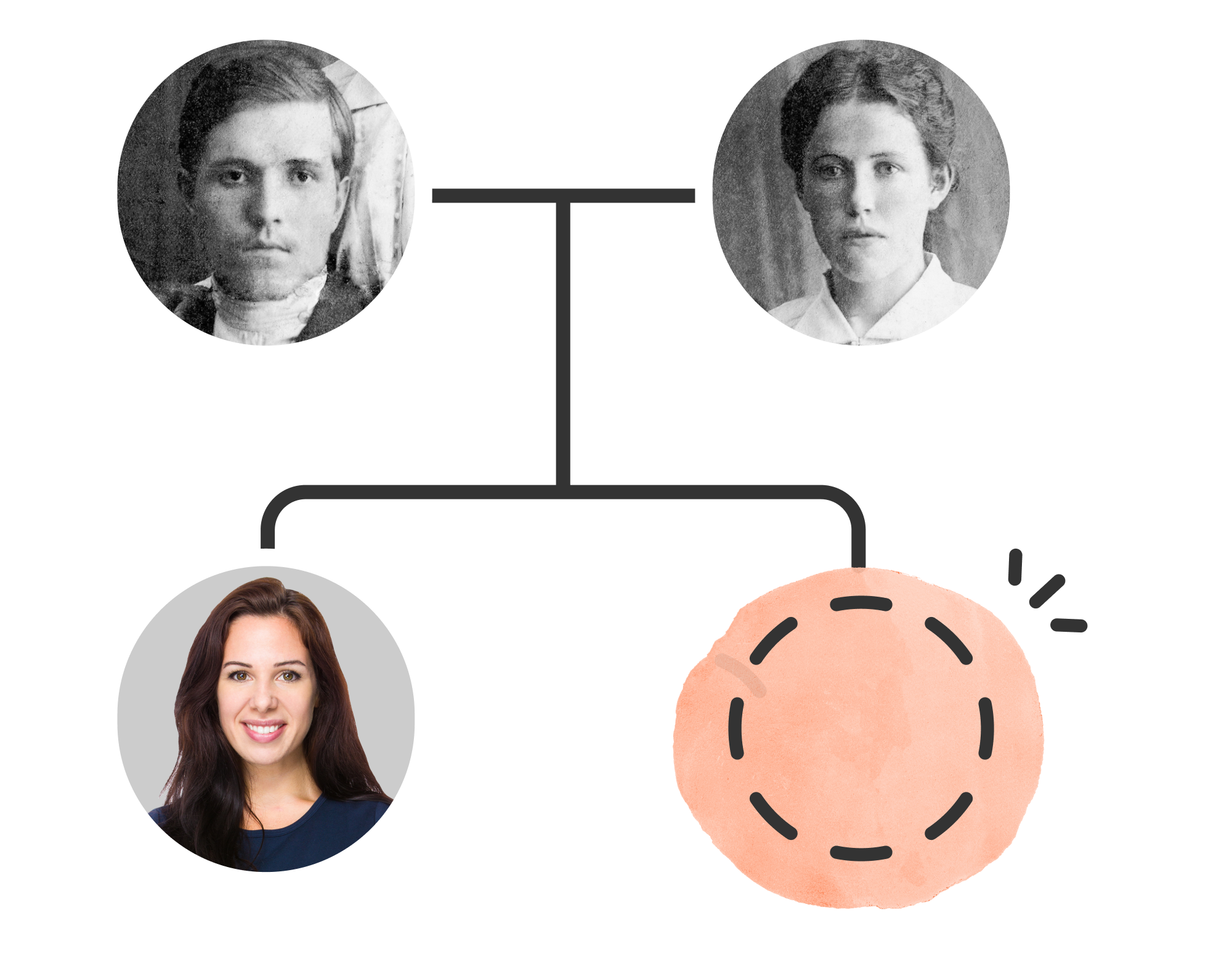
When conducting genealogical research, particularly when reviewing historical medical records, death certificates, or other archival documents, it is common to encounter outdated medical terminology. Mastering these terms is essential for accurately interpreting your ancestors' health history, causes of death, and overall life experiences. This guide is designed to equip you with the knowledge needed to navigate and understand these terms effectively in your genealogical endeavors.
Research your ancestors on MyHeritage
Most common archaic medical terms
Start by getting acquainted with some of the most frequently encountered archaic medical terms. Here are a few examples:
- Apoplexy: Stroke or sudden loss of consciousness, often caused by hemorrhage.
- Bilious: Refers to ailments related to bile, often meaning nausea or vomiting.
- Consumption: Tuberculosis, particularly pulmonary tuberculosis.
- Dropsy: Edema, or swelling caused by fluid accumulation.
- Grippe: Influenza, or a viral respiratory infection.
- Lockjaw: Tetanus, characterized by muscle stiffness and spasms.
- Lung Fever: Pneumonia.
- Palsy: Paralysis or tremors.
- Phthisis: Tuberculosis, usually affecting the lungs.
- Rheumatism: A general term for joint pain, often referring to arthritis.
- Scrofula: A form of tuberculosis affecting the lymph nodes, especially in the neck.
Using specialized dictionaries and resources
There are various resources available that specialize in archaic medical terminology:
- Old medical terms dictionaries: Online and printed dictionaries focused on historical medical terms.
- Medical Heritage Library: A digital resource offering access to historical medical books, journals, and documents. As of June 30, 2024, the Medical Heritage Library is closed; however its holdings are archived at Internet Archive (https://archive.org/details/medicalheritagelibrary).
- Historical epidemiology texts: Books and articles that discuss diseases in historical contexts, often providing insights into how these terms were used.
Cross-Reference with modern medical terms
Once you've identified an archaic term, cross-reference it with its modern equivalent. This will help you better understand the condition and its implications. Websites like the National Institutes of Health (NIH) or Mayo Clinic offer comprehensive explanations of diseases and conditions that can be cross-referenced with older terms.
Placing terminology in context
Understanding the context in which these terms were used is crucial. Consider the following:
- Time period: Medical knowledge and terminology have evolved. A term used in the 1800s may have a different implication than the same or similar term used today.
- Geographical location: Different regions might have used different terms for the same condition, or there might have been local diseases specific to that area.
- Social and economic factors: Consider how social status, occupation, or living conditions might have influenced health and the prevalence of certain conditions.
Understanding documents that use medical terminology
Look for other documents that might provide additional context:
- Death Certificates: These often include the cause of death and may use archaic terms.
- Obituaries: Newspapers and local records might describe the illness or cause of death in more common language.
- Family letters and diaries: Personal writings can provide descriptions of symptoms or treatments that may give clues to the medical conditions described.
Consider the evolution of medical practices
Medicine has progressed significantly, and treatments or diagnoses common in the past may now seem rudimentary or even peculiar. Gaining insight into the historical context of medical practices will enhance your understanding of the health challenges your ancestors faced.
See also
Learn more about Archaic Medical Terms for Genealogy Research
- Dictionaries & Glossaries » Diseases & Medical Terms - Cyndi's List
- Glossary of Medical Terms Used in the 18th and 19th Centuries - The History of Medicine and Public Health
- The Origin of Medical Terms - Hathi Trust


